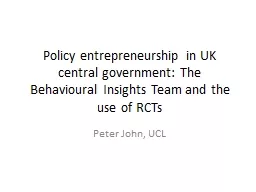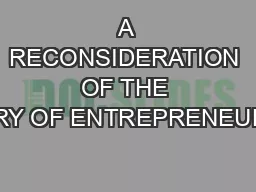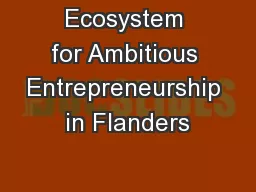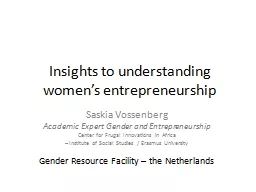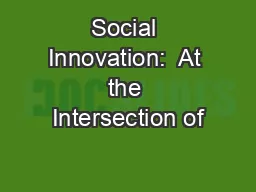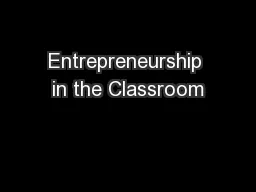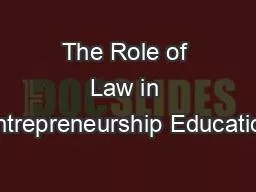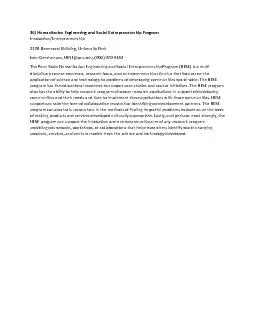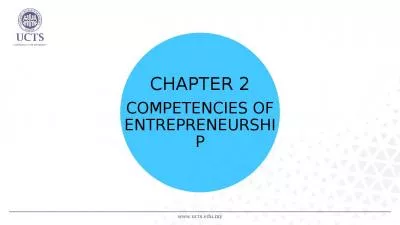PPT-Policy entrepreneurship in UK central government: The
Author : phoebe-click | Published Date : 2017-01-14
Behavioural Insights Team and the use of RCTs Peter John UCL Innovation in central government Starting point is conservatism of public organisations slack routines
Presentation Embed Code
Download Presentation
Download Presentation The PPT/PDF document "Policy entrepreneurship in UK central go..." is the property of its rightful owner. Permission is granted to download and print the materials on this website for personal, non-commercial use only, and to display it on your personal computer provided you do not modify the materials and that you retain all copyright notices contained in the materials. By downloading content from our website, you accept the terms of this agreement.
Policy entrepreneurship in UK central government: The: Transcript
Download Rules Of Document
"Policy entrepreneurship in UK central government: The"The content belongs to its owner. You may download and print it for personal use, without modification, and keep all copyright notices. By downloading, you agree to these terms.
Related Documents

